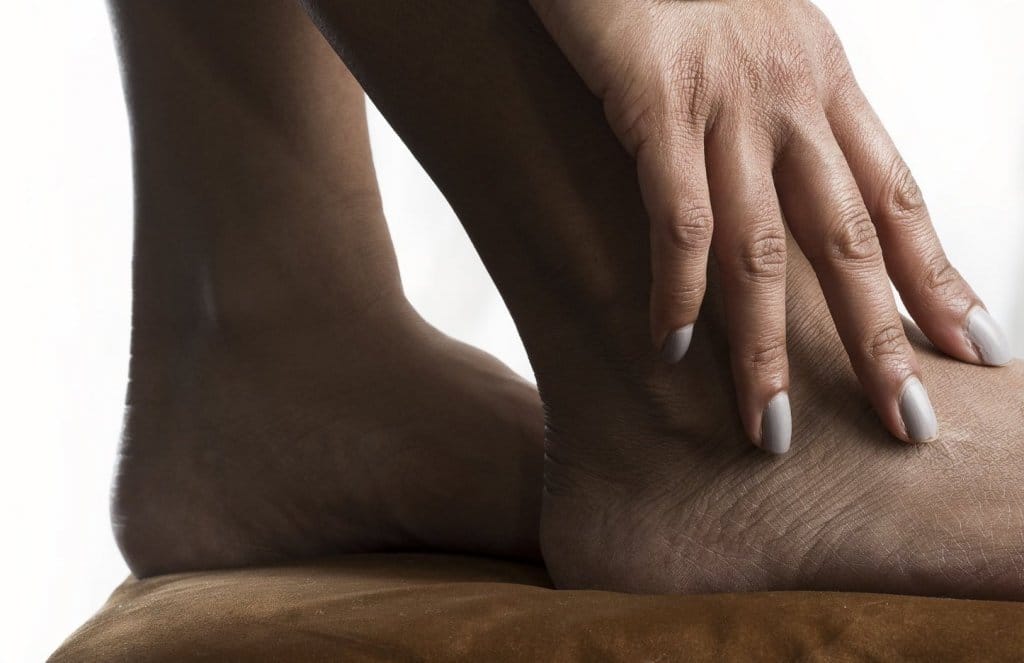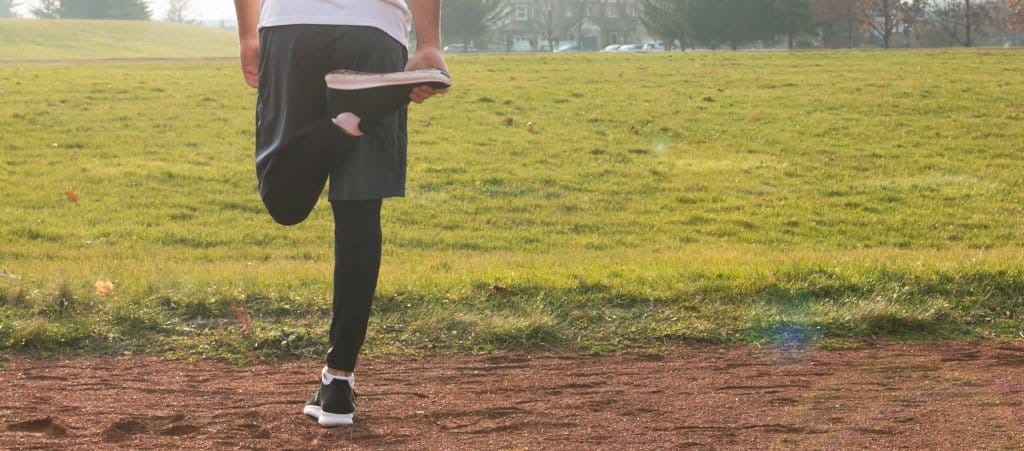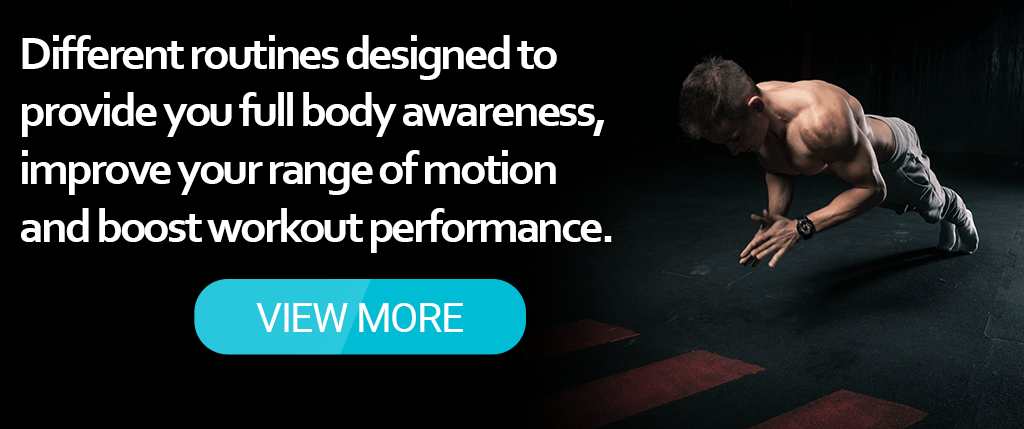
Ankles muscles – how to protect your ankles
Well hello there guys! It is been quite a moment since something about ‘mostly neglected’ ankles has been released. So let’s get started with almost always forgotten lower part of the legs as it is highest time to stop this noisy clicking&cracking.
The balance of the body depends on the feet and ankles
From tendons and fascia. The smallest pebble, a grain of sand in the shoe, uncomfortable footwear – anything that causes discomfort for the feet affects the position of the bones in the joints, and then the pelvis, spine and head. I remember the rehabilitation procedure, where to ease the pain of the neck it was first necessary to make order with the ankles. Keeping the vertical position, maintaining the correct posture, normal functioning of the immune system or the digestive system begins with the healthy feet, from the ankles. This is the proper functioning of the joints, the setting of the bones against each other and muscle cooperation. Wrong clothing, badly selected shoes only intensify the effect. Shoes with heels completely change the position and work of the ankles and pelvis. This again causes some abdominal muscles to stop working, the belly begins to protrude and is inflated when high heels are abused.
Stabilizing muscles such as the toes abductor which is in full name the abductor digiti minimi – presently requesting your attention. If you are unable to set toes apart, spread your toes apart from side to side with your hands and try to feel what happens inside.
Specifically, the arches of the foot are not visible – flat feet are possible. Before we discuss the exercises related to improving the condition of our feet and ankles, it is worth saying that all muscles are connected with each other, therefore the exercise of isolated muscles, such as biceps or triceps, does not make much sense here. It is necessary to focus on comprehensive work, and the first and basic exercise could be the so-called health path – that is, walking on protruding elements such as pebbles, sand, sticks.

The human foot is created to walk barefoot on various types of substrates. It follows that the more we walk on undulating, diverse surfaces, the more we care about the prevention of our feet. The corrugated surface necessitates the natural adjustment of the foot to the ground, which causes the harnessing of all the muscle parts at the same time, stretching of the fascia and ligaments. Here, again, it is necessary to say that the fasciae and ligaments begin to stretch after a very long time because only after a period of about fifty seconds. Short stretches do not have such therapeutic effects. When we do the same work in the footwear, it turns out that the rigid sole does not convey the pressure on the feet in the same way as the direct contact of the foot with the ground.
This is why it is said that shoes and a chair are two of the worst inventions of humanity, many people speculate that if we did not invent chairs, or at least did not introduce them to mass use, and others while using the benefits of nature and walking barefoot, the majority of civilization diseases related to the spine these days would not be so widespread. You may not be able to link your feet problems with what is called a phone or any other type of iPhone; iPad; the tablet you use every day. How is it possible? Because we are constantly leaning towards the phone, we strain our neck, the position of our body is tilted forward, the load on the joints changes – we have, for example, pelvic tilt while shifting the weight to the front of the foot, the muscles around the hock shorten, the Achilles tendon is more vulnerable to injury.
So today we go through:
- Muscles overview
- How to strenghten ankle muscles
- Stretching & and intensive stretching for runners
- Tendors
- Fasciae
- Cracking
What are the things that our ankles should be able to do?
So first of all we could retation sideways which is called inversion and eversion.We talked about inversion when our outside part of the feed is going down and eversion is when our outside part of the of the feet is turning up.
The other action that is being done by our feet is called plantar flexion which means that our whole feet is moving down or app it’s like when we are walking up the stairs have to climb or not our feet which is an example of plantar flexion .
The reversed movement of plantar flexion is called dorsiflexion.
An example of dorsiflexion is when we are trying to touch with our toes to our calves. Concerning possible toes movements we have got flexion of the toes and extension of the toes. Flexion of the toes is the movement when you try to grasp something with your feet.
Extension of the toes is the opposite movement.
Knowing all of those now we you can try yourself – what is very easy for you and what is definitely not so easy. The knowledge about your mobility is the very base for choosing particular exercises that suit your purpose.
Squats again
How is it possible that you hear it from friends and even your personal trainer? You want to have strong…ankles? Do squats. The difference is that you should go for full range squats. 90* may not be enough. It is like bruteforce attack for all the muscles. However it may seem that ankles are not affected in neither way. That is such a wrong view. Building right posture, changing and adjusting the pressure (pressure point) during the exercises may do the right job…or right damage.
- Let’s go back to the example of doing squats when there is a need to work with the Achilles tendon. This is the obvious conclusion that raising the heel higher by a few millimeters will cause the calves to stop working. However, if the Achilles tendon is very contorted, it may be worth starting from this position and gradually lower the heels to a flat position as soon as the pain passes and the first stretch appears. and then you can try further stretching by lifting your fingers upwards so that we are leaning backwards in this position, you can both try squats with a slight tweeziness as well as you can delve into a very strong stretching of the back of the calves.
- One of the best exercises strengthening the area of the ankles and back of the legs is so cold yoga asana – downward dog. It guarantees Strong stretching of the side of abductors of the toes as well as Achilles tendon, thighs, calves. It is very important that the leg muscles are kept strained. This is way easier to start with our heels in the air and slowly familiarising with the position and the pain you can move the heels down. Downward dog is a very complex exercise when the head should be loose and hips should be pulled up. Please do not forget to straight your arms rotate your biceps towards the ceiling – so from the inside to the outside and also don’t let your body suspend on the joints. Suspension is always muscle-based. To start please measure the right Distance by kneeling and putting your hands just under your shoulders. Then straighten your legs, your arms, and release your head. Try to maintain 15 to 30 seconds, then after a while extending to 2 to 3 minutes.
- Very strong stretching of the top layer of defeat we can provide by jest sitting on our feet. How to sit on our feet? Please use a mattress or mat, carpet, and turn tops of your feet down towards the floor and try kneeling on them. The first option is that you gently place your buttocks between the heels. The second much more advanced option assumes that you are able to sit directly on your feet. To do that you have to keep your heels together. Sometimes a belt may be needed to tie the ankles tightly. Kneeling on your ankles tight provide you a unbelievably strong extension of the top of your feet. Remaining in this state for two or three minutes is giving measurable benefits.
- So another exercise that is very nicely strengthening the area of the ankles is so called toes climbing. There is also a modification of this exercise that is meant to stretch the back of your legs very intensively when the heels are lower than toes.The best way to do this exercise is to stand on the wooden podest, pad, step or ladder, stairs as well. It’s going to be anything whatever enables ass to place our heels very low.

At the same time we should remember to strengthen and love to release the muscles about and under and our knees. There are several variants of this position. Beginning with heels down we are slowly simultaneously climbing on the toes to maximize the shortening of the Achilles tendon. More difficult variant suggest two or three series by 10 to 12 repetitions for each leg. What means that the weight for single joint is doubled. Once you prefer working on long muscles you can try to make your posture slightly leaning forward so that the tension is even more intense. You should really feel space, expansion, extension. Unfortunately the pain is inseparable. Tiny remark; with your feet delivernig very strong pain you should decrease the number of series or the number of repetitions for the beginning
- Dorsiflexion – can you squat down remaining on the ground with both feet? Touch the ankles with your Try leaning forward and you will know how elastic the tops of the feet are. This stretching exercise helps to maintain balance during workout as you can move gravity center forwards or backwards depending on your will. Falling backwards means then the tops of the feet require some attention.
- Duckwalking exercises. Close to military examination or to school tortures. This underestimated exercise is perfect to evaluate one’s mobility, flexibility and present feet condition. Beeing flat feeted you may have trouble in maintaining posture or it may just hurt you. Here we are back again to the squats-sort of series. Is duckwalking Healthy? Definitely not when exaggerating. However, as this exercise is going to be used only to determine some certain conditions and it is not that recommended to prolong it for hours. So you can use this exercise from time to time to measure your progress or to evaluate your present state of your joints of lower parts of the body. Being sure that your joints are in the perfect condition you should be able to work with duck walking everyday. If nothing wrong happened to your joints or to your bones duck-walking proves possesion of strong ankles and thighs. To check whether your joints are equally flexible try to set a try to set a short round distance for duck walking. First walk the circle with the inner side of it to your left and then to your right: check if the feelings from your joints are similar or maybe you are swinging to one of the sides more than to the other one. This will show you which ankle requires more attention.
- Halluxvalgus correction is also called bunion surgery. The reason of bunion occurrence is mainly narrowly mis-shaped shoes. When the towels are too tight the force is Is embedding big toe towards other toes. Having having that in mind it’s easy to solve the problem. What is to be remembered first is correct your shoes. provide enough space for your toes. keep enough stretching exercises and use advice of the manual medicine doctors. Even when the gross state occurs it is never too late for the proper treatment. Just keep in mind that prevention is much cheaper and easier than healing. Daily exercises does a man’s too correct hallux valgus are based on forcing the work of extensor hallicus longus, which is responsible for the move of big toe towards the outside of the feet. But wait a minute – how did we get here from ankle exercises? The answer is simple one cannot get healthy ankles with such a problem like a big toe deformity. Look cute will lead you to literally screaming of pain having big travels with using hardly any shoes. Remember that this is one of the most the painful for foot deformity.
Another one cracks the dust
It happened to pretty each and overy on of us – popping during walking. What is it, why is it happening, how to get rid this, is it dangerous?
Dislocation may be single isolated case or protracted illness. To some extend dislocation is natural – the joints are fulfilling their tasks. The joint capsules are expanding and contracting. The same way manual medicine uses this mechanism to put bones back on track. The problem is when over-mobility is prolongated and the capsule; the inner membrane is not holding tighly. Weaker and weaker joints are in need of proper care – where proper care is regular solid training. And this means muscle training, not just stretchings! However it is possible that you have inflamatory state and shall not avoid drug treatment.

